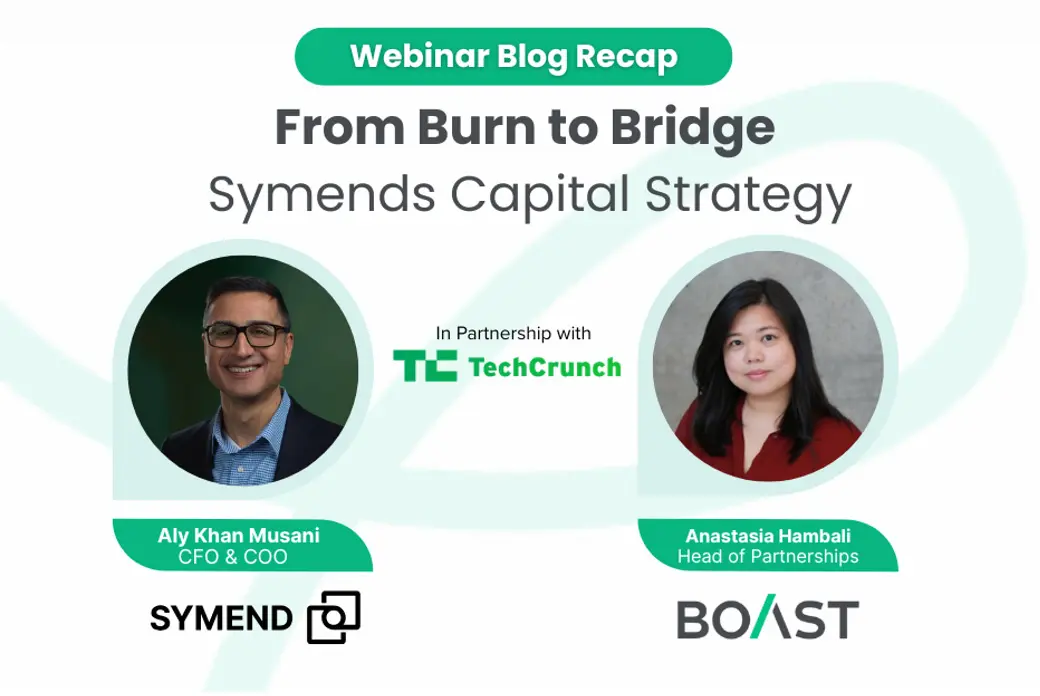Artificial Intelligence (AI) is bringing greater automation across sectors, and proving to be a driving force for innovation. In fact, the World Economic Forum recently named AI as a top source of labor-market disruption over the next five years, with titles in new jobs in big data analytics, cybersecurity and business operations expected to spring up as a result.
However, creating new tools and services to support this emerging workforce will call on even more research and development (R&D). These are activities that themselves are bound to be transformed by AI and machine learning (ML) principles as they’re deployed to streamline operations.
So how can businesses responsibly—and effectively—use AI to optimize their R&D?
“AI is like a layer cake”
“The problem statement of R&D is always about accelerating the pace of innovation, but at what cost,” Boast AI’s VP of Engineering Suresh Joshi explains in a recent #InnovatorsLive session and podcast on the topic.
“But also,” Suresh adds, “how can you accommodate talent to enable all of that?”
As Suresh and Boast AI’s VP of Product John Can Karayel explain, “with AI and R&D, it’s like a layer cake.”
“You have the data layer, then the insights layer, then the predictive layer, and what we’re seeing right now is a complete transformation in the industry on how you can apply scale at the predictive layer, “ Suresh explains. “The predictive layer is going to accelerate not only how you can course correct but make predictions of the future.”
As is always the case in an increasingly data-centric world, the realities of scale tend to be the biggest impediment to taking action.
As John explains, “there’s an ever increasing volume of data—we have more than ever before—and with that happening, complexity is escalating as well, taking into account external and internal environments, customer data and more.”
Put simply: In order for businesses to take advantage of all the promise that AI could hold in giving them expanded insights and forecasting next steps, they need to optimize their own ‘data culture’ and capabilities in the first place.
“When you look at the data literacy and data culture within organizations… and with the ever increasing volume, complexity, and customer stakeholders wanting to see rapid insights, there are important trends we’re watching” that business leaders need to bear in mind.
Identify the AI Opportunity
While it’s a bold move to modernize your entire product development workflow with AI, it would require a substantial financial investment and a large team to execute. (This might even qualify as its own R&D tax credit-eligible activity, depending on the initiative’s scope.)
A more feasible approach would be to start by identifying a single challenge you can solve with an AI solution. Before implementing AI to solve a particular challenge, however, it’s also helpful to educate yourself on what AI can and can’t do.
To learn more about how your team can put AI to work in driving more powerful R&D outcomes, download our ebook, How to Use AI for R&D.



